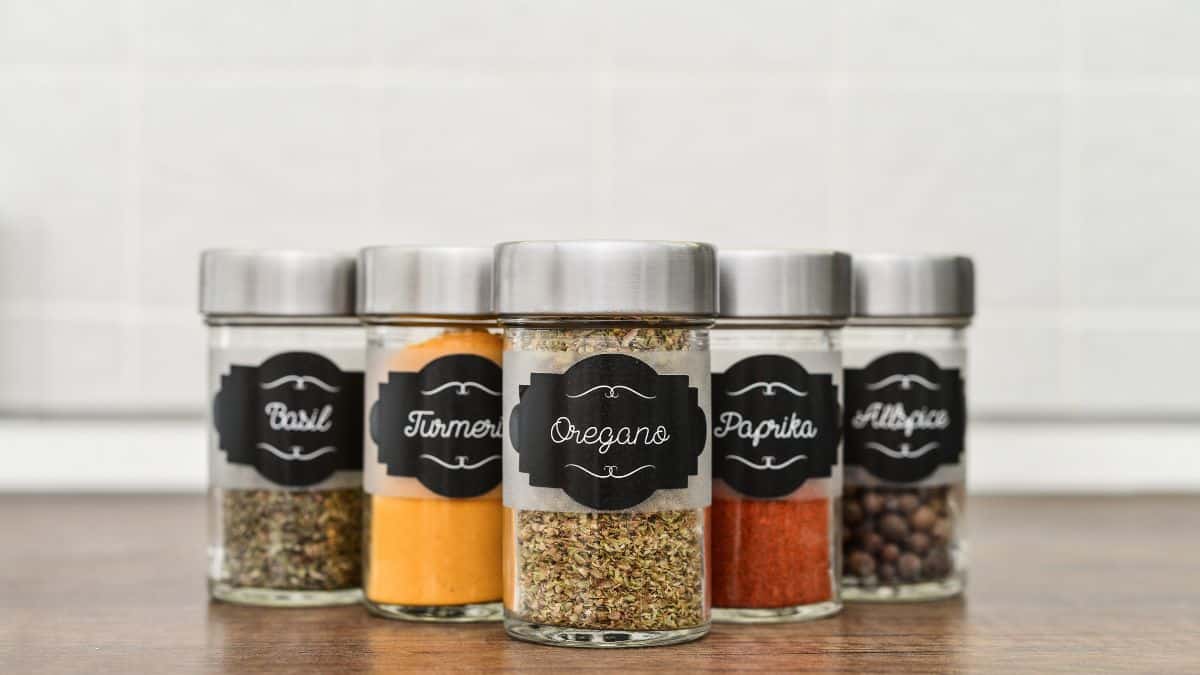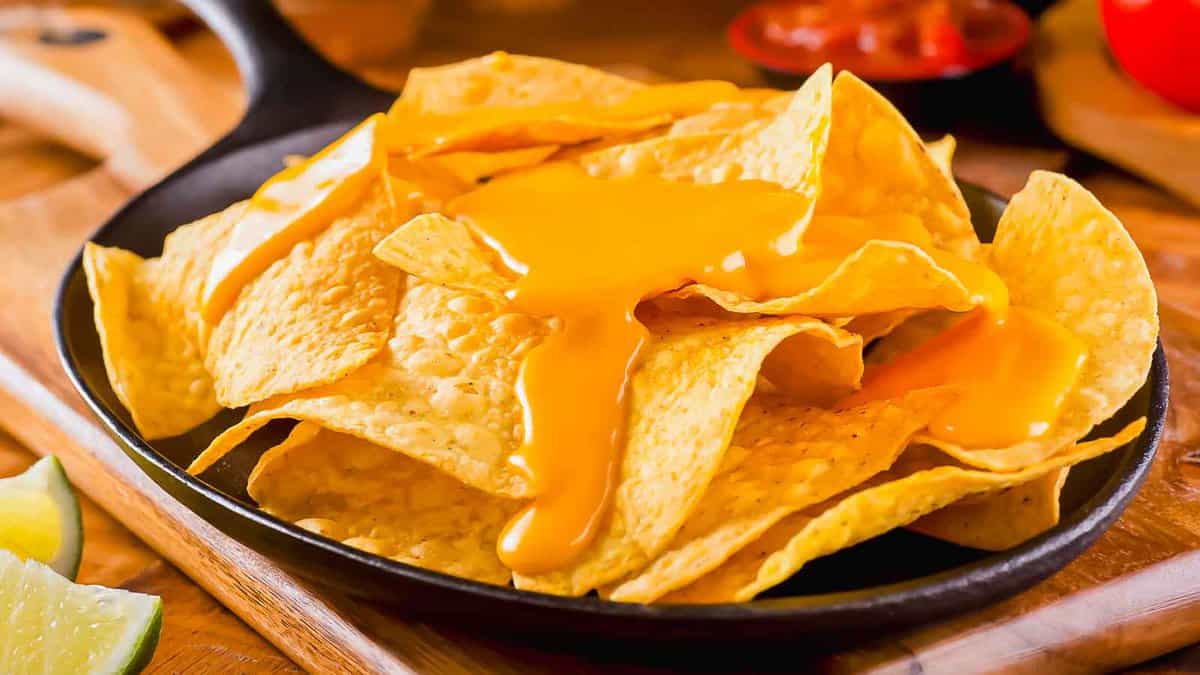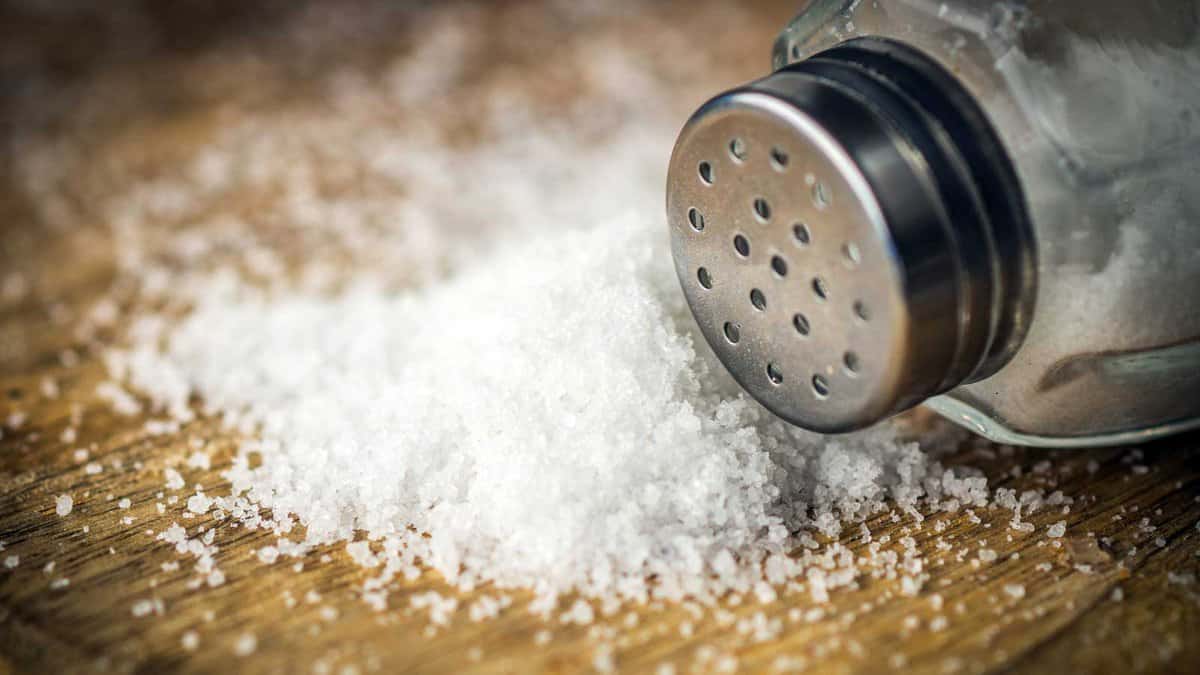Some pantry staples should come with a warning label, yet we keep using them like they’re culinary gold. In reality, certain ingredients have overstayed their welcome, and chefs are probably rolling their eyes every time you pull them out. If you’re serious about upgrading your meals, it’s time to stop clinging to outdated shortcuts and flavor-killers. These are the offenders that deserve to be kicked out of your kitchen once and for all.
Truffle Oil


Truffle oil is notorious for being synthetic and overused. Most commercial versions contain a chemical compound that mimics the aroma of real truffles, but it lacks their depth and complexity. It adds a one-dimensional, overpowering flavor to dishes, masking other ingredients instead of enhancing them.
Pre-Ground Black Pepper


Pre-ground pepper loses its potency almost immediately after processing, leaving it with a stale, muted flavor. Freshly cracked peppercorns deliver a far more intense and aromatic hit of spice, adding layers of complexity to dishes. Relying on pre-ground pepper means you miss out on this key dimension of seasoning.
Garlic Powder


While garlic powder offers convenience, it lacks the robust, fresh taste of real garlic cloves. It adds a processed, dull flavor to dishes, which can often taste synthetic or bland. The natural oils in fresh garlic provide a richer, more complex flavor that can’t be replicated by powder.
Bottled Lemon Juice


Bottled lemon juice often tastes overly acidic and lacks the vibrant, fresh citrus flavor of freshly squeezed lemons. It’s criticized for its flat and one-note taste, which can throw off the balance of a dish. Fresh lemon juice, on the other hand, offers a zesty brightness that elevates flavors and brings harmony to dishes.
Dried Herbs


Dried herbs, especially delicate ones like basil and parsley, lose their essential oils and aromas during the drying process, resulting in a muted and sometimes stale flavor. Fresh herbs provide a much more vibrant, aromatic profile that brightens up a dish. Dried versions often contribute little more than color without the taste.
Liquid Smoke


Liquid smoke gives a harsh, artificial flavor that lacks the nuance of natural wood smoking. Anyone would prefer traditional smoking methods, which add depth and a well-rounded smokiness to dishes. The chemical nature of liquid smoke is off-putting and leaves an unpleasant aftertaste.
Processed Cheese


Processed cheese is loaded with artificial ingredients, stabilizers, and emulsifiers, resulting in a flavor and texture that doesn’t compare to real cheese. It lacks the richness and complexity of artisanal cheeses, which offer a true dairy flavor and a variety of textures. Natural cheeses will melt better and taste more authentic.
Table Salt


Table salt is highly processed and stripped of natural minerals that enhance flavor. Use kosher salt or sea salt, which have a cleaner, purer taste. Table salt’s fine grain can also lead to over-salting, while larger salt crystals from higher-quality salts dissolve more evenly, offering better control over seasoning.
Canned Parmesan Cheese


The pre-grated, canned Parmesan found in many grocery stores is a far cry from the real thing. It often contains anti-caking agents and fillers that dilute the flavor. Authentic Parmigiano-Reggiano has a complex, nutty flavor and a crumbly texture that can elevate a dish, while the canned variety just tastes bland and powdery.
Margarine


Margarine was once touted as a healthier alternative to butter, but it falls short in both flavor and texture. It’s made from vegetable oils and artificial additives, resulting in a greasy, artificial taste. Use real butter for its rich, creamy flavor and its ability to create better textures in both cooking and baking.
Artificial Vanilla Extract


Artificial vanilla extract is made with synthetic vanillin, which doesn’t capture the rich, warm complexity of real vanilla beans. Pure vanilla extract is preferred, which is derived from real vanilla pods and offers a deeper, more aromatic flavor that enhances both sweet and savory dishes. It’s worth the extra money.
Imitation Maple Syrup


You might’ve grown up pouring this stuff on your pancakes, but if you’re still using it day to day, it’s time to step it up into adulthood. Imitation maple syrup is mostly made from corn syrup and artificial flavoring, which lacks the rich, earthy sweetness of pure maple syrup. Real maple syrup offers a nuanced flavor that pairs well with both sweet and savory foods, while the imitation version just tastes cloyingly sweet without depth.
Bottled Salad Dressings


Bottled salad dressings are packed with preservatives, artificial flavors, and high amounts of sugar or corn syrup, which overpower the natural flavors of fresh vegetables. Make a simple vinaigrette at home using fresh ingredients for better flavor and more control over the dressing’s sweetness and acidity.
Ready-Made Spice Mixes


Pre-packaged spice mixes often contain unnecessary fillers like salt and sugar, diluting the potency of the spices themselves. Making your own spice blends from scratch allows for more balanced seasoning and better control over the flavor profile.
Low-Fat Dairy Products


Low-fat dairy products are often stripped of the fats that contribute to their flavor and texture, and are replaced with sugar and additives to make up for the loss. Full-fat dairy provides a richer, creamier taste and texture, making it a better option for cooking and baking.
11 Most Overrated Food Trends Of The Past Decade – Which Ones Did You Fall For?


Over the past decade, we’ve seen countless food trends come and go, some more memorable than others. While some lived up to the hype, others were just overrated fads that quickly lost their appeal. From rainbow foods to juice cleanses, these trends often focused more on looks than taste or health benefits. Here are some of the food trends that we think were seriously overrated.
Read it Here: 11 Most Overrated Food Trends Of The Past Decade – Which Ones Did You Fall For?
11 ‘Healthy’ Cooking Oils That Are Terrible for You


We all try to make healthier choices, and cooking oils are no exception. But not all oils are as good for you as they seem. Some popular “healthy” options can actually do more harm than good. Here’s a rundown of some cooking oils that might not be as beneficial as you think. Try swapping some of these out for healthier alternatives like olive oil, coconut oil and avocado oil instead.
Read it Here: 11 ‘Healthy’ Cooking Oils That Are Terrible for You
*Select images provided by Depositphotos.
Gina Matsoukas is an AP syndicated writer. She is the founder, photographer and recipe developer of Running to the Kitchen — a food website focused on providing healthy, wholesome recipes using fresh and seasonal ingredients. Her work has been featured in numerous media outlets both digital and print, including MSN, Huffington post, Buzzfeed, Women’s Health and Food Network.


